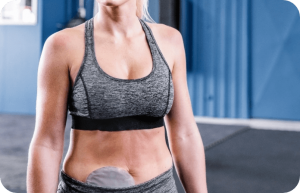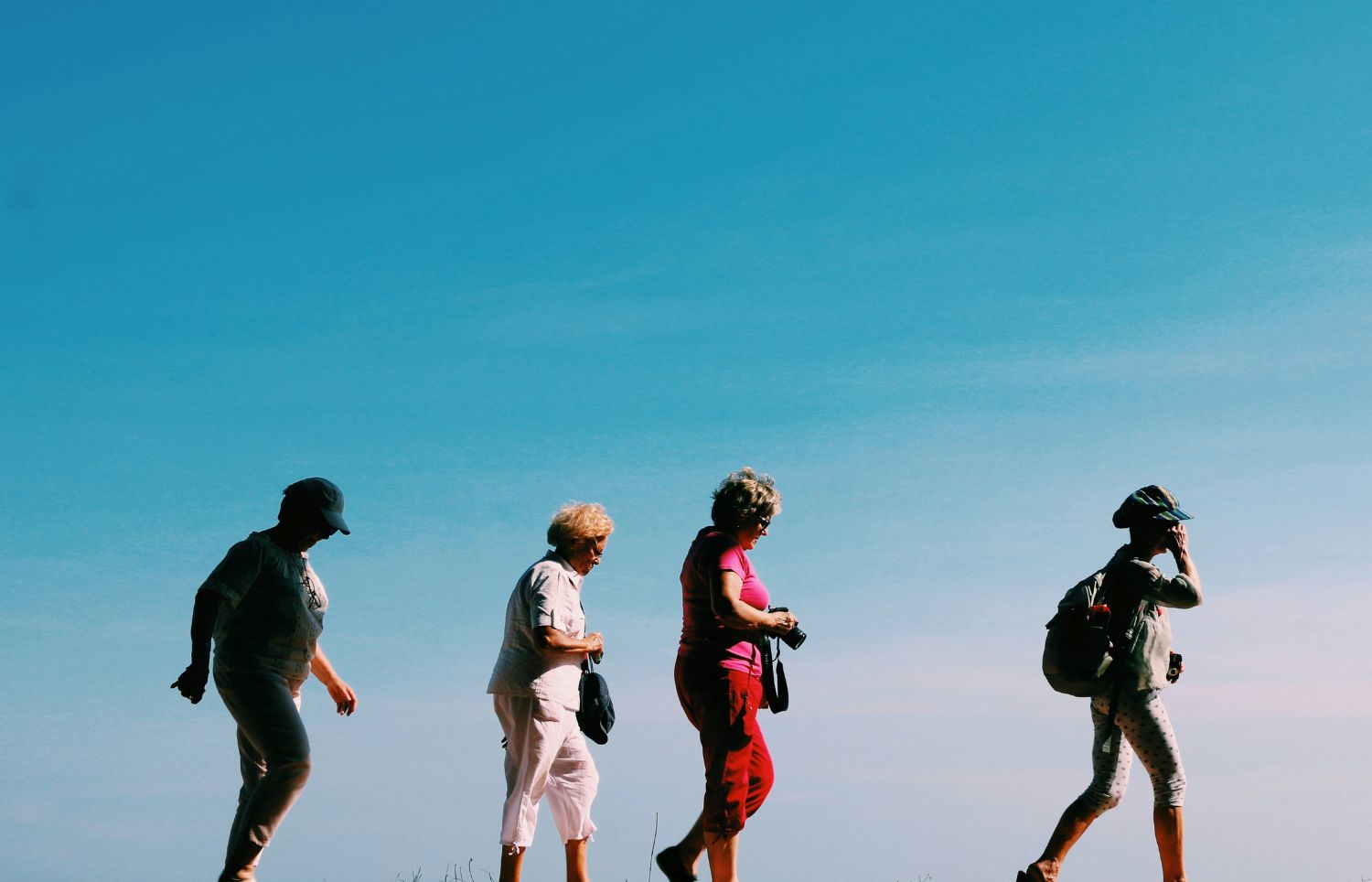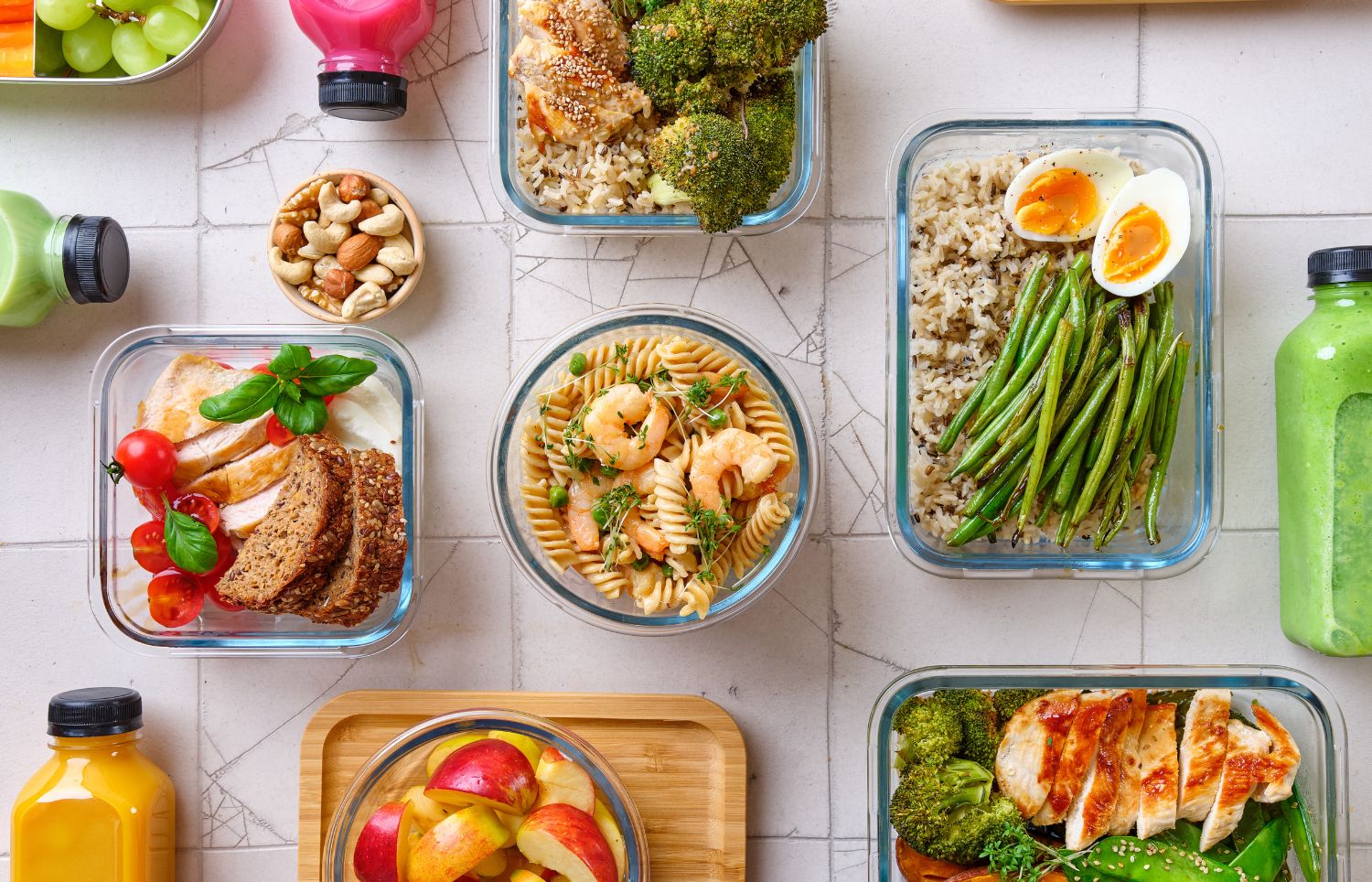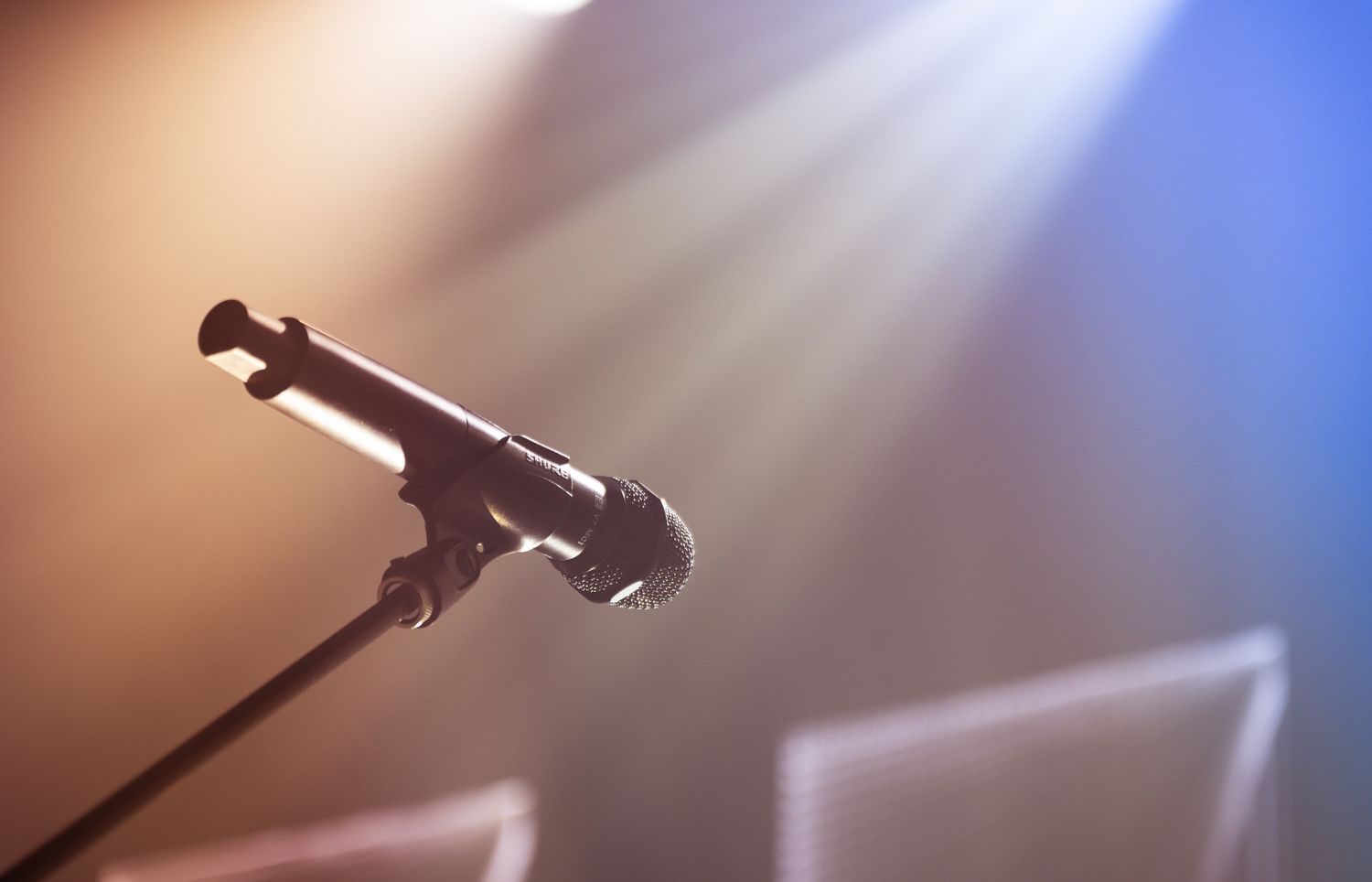If you are have concerns around bladder control or someone you know needs support, it can help though to have a broader understanding of what support is available to you.
These frequently asked questions may help you find more information about your particular need. It’s important to remember that if you are concerned by your bladder health, it’s best to seek professional advice tailored to your unique healthcare needs. Contact your GP or healthcare professional, or find your local continence clinic via our Healthcare Professional Finder.
Frequently Asked Questions about Bladder Control
I have a weak bladder does your website provide information on this?
Yes. A weak bladder is also known as Stress Urinary Incontinence (SUI) and usually occurs when you laugh, cough, sneeze or exercise. Women are predominantly affected by weak bladder but men can experience it too. Young women and teenagers can also experience SUI, we have an information sheet called Love Your Gusset which explains more about this.
To find out more about SUI or weak bladder symptoms, please visit our Bladder conditions and symptoms section. You’ll find a menu on the page listing bladder problems affecting both women and men, as well as other specific conditions, including those specific to either men or women. Don’t forget to read the general information on this page too, as this may help your understanding of bladder problems.
I have to go to the toilet a lot in the day, what does this mean?
Frequent visits to the toilet can be caused by an Overactive Bladder (OAB). OAB includes other symptoms such as frequency, urgency and urge incontinence, nocturia and nocturnal enuresis. To read more about Overactive Bladder please visit our Bladder Conditions and Symptoms section. You will find a menu on the page listing bladder problems affecting both women and men, as well as other specific conditions, including those specific to either men or women. Do not forget to read the general information on this page too, as this may help your understanding of bladder problems.
I’ve heard of double voiding, what is this and how can it help me?
This is where after finishing on the toilet you sit and rock your pelvis back and forwards which helps to empty the bladder more fully. This is particularly helpful for people who have repeated urinary tract infections, have suffered bladder retention before, have been found to have a large post void residual volume of urine after a bladder scan, MS sufferers and people who have a vaginal wall prolapse and find that they don’t feel like they empty their bladder fully.
What are the pelvic floor muscles and where can I find information about them?
Both men and women have pelvic floor muscles which consist of layers of muscle and ligaments that stretch from the pubic bone to the end of the backbone (coccyx) and from side to side. Firm, supportive pelvic floor muscles help support the bladder, womb and bowel, and to close the bladder outlet and back passage.
If these muscles become weakened, loss of urine, wind and faeces may occur. There are exercises which you can do to help strengthen these muscles called pelvic floor muscle exercises. To find out more about the pelvic floor, please visit our Pelvic Floor Muscle Exercise section.
We also have information sheets for men and women on pelvic floor muscles exercises in our downloads section.
Pelvic floor exercises vs toning aids, how do they differ?
Toning aids can only be fully effective if there is only a very weak pelvic floor squeeze, they are a passive form of treatment for a very weak pelvic floor. You need to find 1/2 hour a day to lay still and use the machine and have a good level of dexterity to insert the electrode. However, If you can feel some sort of gentle lift when you do a pelvic floor squeeze then doing a disciplined set of pelvic floor exercises is by far the best treatment and you can do them anywhere anytime! We advise to consult with a continence nurse or health professional to decide the best treatment for you.
Please visit our Pelvic Floor Muscle Exercise Section for more information.
Are there any treatments that can assist me with my overactive bladder (OAB)?
There are many treatments available that may help improve your symptoms of OAB.
These range from simple things you can do yourself (with or without support from a continence advisor) to medication and surgery. Surgery is always a final option and will not normally be considered until other more conservative methods have been tried. You should always seek the advice of a Health Professional first before you try any treatment.
To find out more about possible treatments please visit our OAB Bladder Treatments section.
I have an OAB so need to go to the toilet a lot, should I reduce my daily fluid intake to prevent this?
Drinking enough fluids is essential to keep a healthy bladder and bowel functioning properly. You should never reduce the amount of fluid you drink unless recommended by your GP. When you are not drinking enough, the bladder gets used to holding smaller amounts of urine and can become sensitive, especially if your urine becomes more concentrated as then it is more likely to irritate your bladder.
Try to drink at least 1.5-2 litres (6-8 glasses) of fluid each day, remembering that many foods already contain plenty of water in them.
For more information on fluids please visit our Lifestyle, Fluids and Diet section.
My husband currently uses pads but is interested in switching to sheaths. What are the pros and cons of using sheaths?
Urinary sheaths are made from a soft, flexible latex or silicone tubing that is placed over the penis to facilitate the drainage of urine away from the body into a drainage bag. Silicone varieties are now the preferred option due to concerns about latex allergies. If a urinary sheath is correctly fitted the skin should not become saturated with urine.
Urinary sheaths are medical devices and are usually single-use items.
One positive is the fact that in some cases, they offer more discretion than pads. They are available in sizes for men and boys but are not suitable for men with dementia/alzheimer’s.








